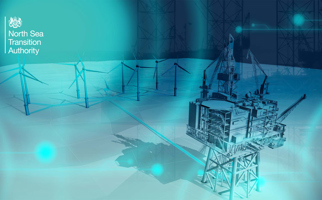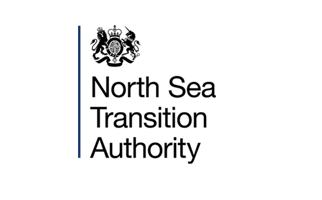
Stuart Payne, the NSTA's Chief Executive, delivered a speech about the importance of integrating all North Sea energy systems during the opening session of Offshore Europe 2023 in Aberdeen on 5 September 2023.
Begins
Most of you will have picked up that 2023 marks the 50th anniversary of the first Offshore Europe. What you might not know is that it’s also 50 years since the Rubik’s cube was launched to the world.
Today I’d like to take a few minutes to consider the need for us to find a way to solve the Rubik’s cube of energy, and think about the people we need to do it.
The North Sea Cube
If you think of a scrambled cube – different colours on all faces and in all corners – and you’ve just been handed it and told to solve it – well that’s how I see the UK’s offshore energy system right now.
It’s a big jumble of energy sources, systems, technologies, opportunity and challenges. And it’s being played out in one relatively small area of water. Imagine each different colour as a different part of this diverse mix.
You could have blue squares for oil and gas, which has been extracted, produced and transported for over 50 years through an interconnected web of wells, platforms and pipelines.
This will continue for years to come, helping the UK meet our domestic energy demands, including we hope through some new developments, some of which may come through the 33rd licensing round that we are currently running.
Next to the blue you can imagine some red – offshore wind. There has been a fourfold increase in offshore wind capacity in the last 10 years and there are now over 2,500 wind turbines scattered around the UK’s coast with thousands more due to come onstream over the coming years.
Yellow squares would start popping up representing CCS. This year we have awarded 21 new licences for offshore carbon storage. We estimate we could need up to 100 appraised and working stores to meet the 2050 net zero requirements.
Hydrogen will be a key component in decarbonisation, and so we can add some green squares into the mix. The government has set out its intent for the NSTA to take on the licensing and consenting role for offshore hydrogen transport and storage and has an ambition for 10GW of production by 2030, half blue and half green.
But there are far more other users of the sea than there are colours on a cube. Whether it’s vital interests like fishing, defence, and aquaculture or a network of Marine Protected Areas.
They will be joined by others, technologies such as tidal and wave which have clear potential but have yet to be deployed at scale.
Solving it
We need all of these elements, or colours, to deliver what the UK needs.
Crucially we need to deliver them all at once – we won’t solve this particular cube by only focusing on one colour at a time.
That is an enormous amount of activity, infrastructure and work in an already crowded sea space. Some may say it’s too much of a challenge, too complicated.
But we can do it, and we must do it.
Delivering North Sea oil and gas was an incredibly challenging feat – solving this will be as well. But that is what this industry does – solving massive complex cubes.
Transition stories
Of course, it’s the people in the industry that will ultimately solve the problems. Central to the solution will be young people currently choosing what to study and work
We must make it clear this industry holds a bright future for them.
Across our whole sector there are people who are starting work now – or yet to start – who will be in the offshore sector for decades to come – potentially having transitioned job two or three times.
- A geoscientist currently looking for oil and gas who will be using those skills to identify the great carbon and hydrogen stores of the future.
- A subsea engineer delivering connectivity and controls for floating wind farms just as they did for oil and gas developments before.
- A driller completing the work of their predecessors, decommissioning wells and helping secure and develop carbon and hydrogen stores.
The point is everyone here will have their own transition story, maybe more than one.
Finish
The oil and gas industry has many of the resources needed to deliver this challenge. Transitioning the Kit, Capability, and Capital presents a massive opportunity. These are the building blocks that make up that Rubik’s cube.
So yes there is a challenge, but meeting challenges is what you do.
We’re going to need to keep bringing new people in and showing them a positive future. It’s not easy, but then nothing worthwhile ever is.
I'm an optimist in this story, and I’ll finish with the words of Erno Rubik who said: “The Cube gives me hope that in the end people are clever enough to solve their problems and survive.”
Ends
Please note - There may have been some slight variations in the delivery of this speech.
Photo courtesy of Michal Wachucik, Abermedia.


